As an Amazon Associate I earn from qualifying purchases.
Polska kielbasa is one of the baseline sausages that everyone learns when you are developing your skills as a sausage maker. It’s is such an icon, done in so many ways, that I am sure someone somewhere will criticize my recipe.
Let them. I like my kielbasa recipe, and it is reasonably close to the Official Recipe. You heard right: There is actually an “official,” Polska kielbasa recipe endorsed by the Polish government. Kinda hilarious, if you think about it. Not sure that’s an area where the government needs to get itself involved, but that’s just me.
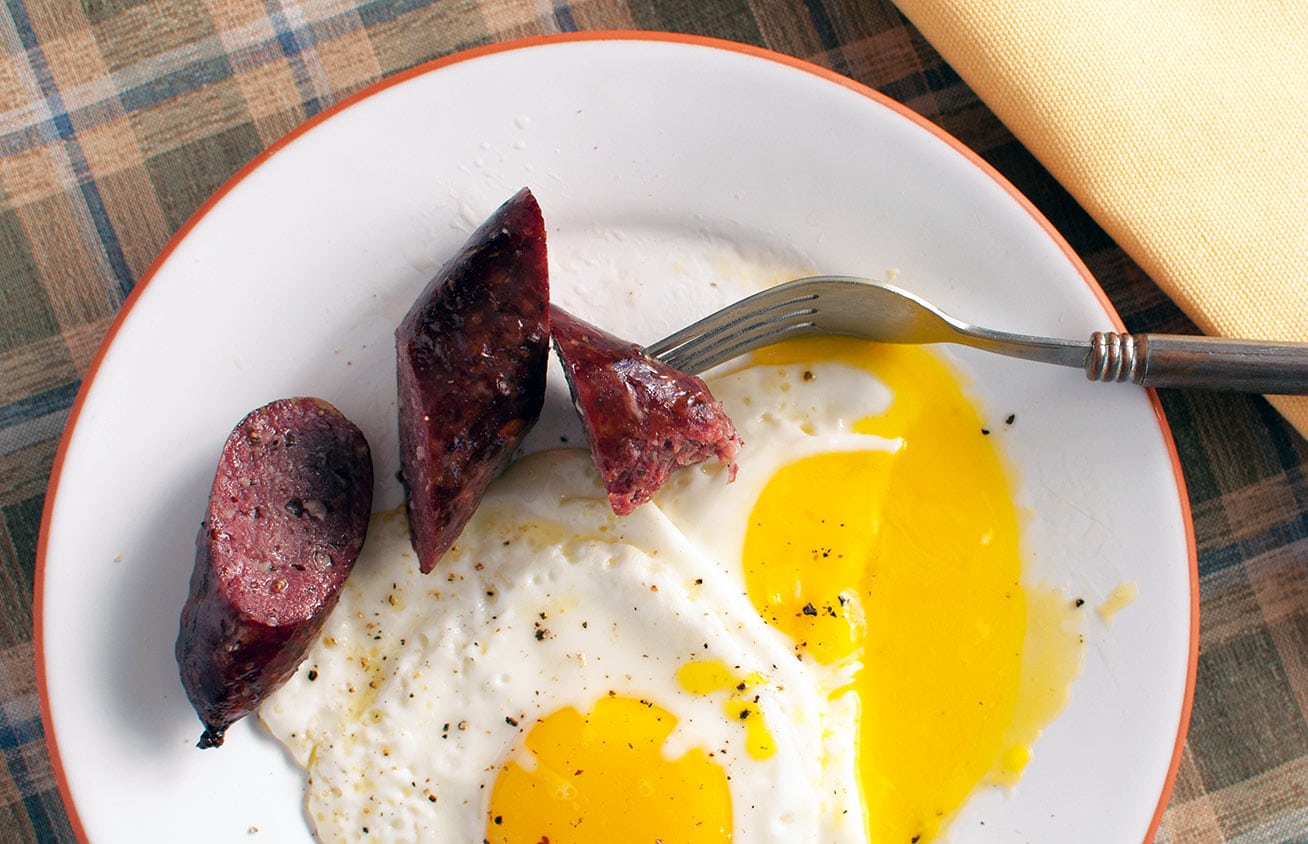
You should know that “kielbasa” simply means “sausage” in Polish. So if you were to find yourself in a real-deal Polish butcher shop and ask for some kielbasa, they’ll ask what kind.
What we generally call kielbasa here in the United States is Polska kielbasa wedzona in Poland. Incidentally, I am prone to pronouncing it “keel-BAH-see” because I am from New Jersey — you’ll hear this pronunciation all over the Mid-Atlantic region.
Everyone has his or her own kielbasa recipe. Let me restate that one more time. But there are a few things that distinguish real(ish) Polska kielbasa from the overly weird variants. I owe much of this information to the Marianski brothers, whose book Home Production of Quality Meats and Sausages is indispensable for any serious home sausage maker.
- First, kielbasa in America is almost always smoked, unless you are in a real-deal Polish deli, in which case there are all sorts of variants on the smoked kind. Fresh, unsmoked kielbasa is usually only found in a Polish meat market.
- Second, it is normally pork-based, often with a little beef tossed in. (My versions often use wild boar or black bear.)
- For the typical American version, it always includes Cure No. 1 (sodium nitrite), which gives it the pretty pink color — any “uncured” kielbasa you see that’s pink is a lie: They are using celery juice, which has as much sodium nitrite as the powder.
- Garlic is the main player. Marjoram is often there, but not always.
- No paprika! Adding paprika to a kielbasa turns it into a Hungarian sausage, which is awesome, but not kielbasa. You get the red color from the nitrite and the slow smoke.
If this seems overly controlling, it’s only meant to get you in the right ballpark. Similarly, a sweet Italian sausage would be weird without fennel seeds — or with chile flakes — and a bratwurst just wouldn’t be right without the nutmeg.
Making this sausage isn’t difficult if you have made smoked sausages before. If you haven’t, I highly recommend you review my tutorial on basic sausage-making.
There is one wrinkle to my version of kielbasa, though. I sorta-kinda age it by letting the smoked links hang in my curing chamber (55°F at 70 percent humidity) for 2 to 4 days before I eat them. This dries them out just a little, and I think it improves the flavor a lot.
How to eat Polska kielbasa? Well, in any old way. On a hot dog bun, braised with sauerkraut and onions, put in stews, or the way I prefer, as a breakfast sausage. It was my late stepfather, Frank Kilpatrick, who turned me on to this. Frank loved to eat “keel-BAH-si” and always had it in the house.
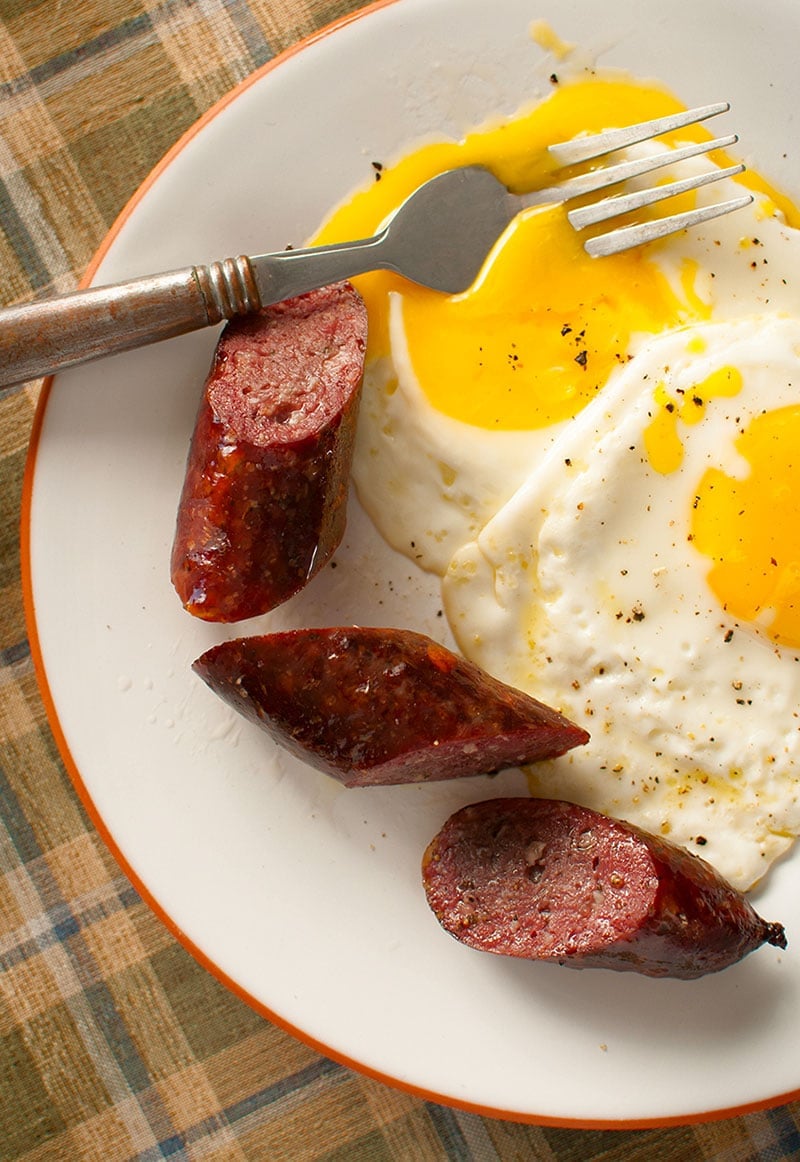
We would eat it instead of bacon with eggs and toast in the morning; hell, Frank would often just lop off a couple inches right from the fridge and eat it as a snack — it is fully cooked, after all.
Frank is long gone. He died in 2001. But every time I eat a link of kielbasa for breakfast, I think of him.
Polska Kielbasa
Ingredients
- 4 pounds pork, wild pig, bear, venison, etc
- 1 pound pork fat (fatback or shoulder fat)
- 36 grams kosher salt, about 2 tablespoons
- 5 grams Instacure No. 1, about 1 teaspoon
- 5 grams ground black pepper, about 2 teaspoons
- 1 gram dried marjoram, about 2 teaspoons
- 10 grams sugar, about 2 teaspoons
- 6 garlic cloves, minced
- 1/2 cup ice water
- Hog casings
Instructions
- Chill the meat and fat until they is almost frozen by putting it in the freezer for an hour or so. Take out some hog casings — you’ll need about 3 to 4 standard lengths, about 10 feet — and set in a bowl of very warm water to rehydrate.
- Chop meat and fat into 1-inch pieces. Combine the salt, instacure, sugar, garlic, marjoram and pepper and mix it into the meat and fat with your hands. Let this rest in the fridge for about an hour.
- Grind through your meat grinder (you can use a food processor in a pinch, but you will not get a fine texture) using the fine die. If your room is warmer than 65°F, set the bowl for the ground meat into another bowl of ice to keep it cold. Put the meat mixture back in the freezer while you clean up.
- Add the ice water to the meat mix, then mix thoroughly either using a Kitchenaid on low for 90 seconds or with your (very clean) hands. This is important to get the sausage to bind properly. Once it is mixed well, put it back in the fridge while you clean up again.
- Stuff the sausage into the casings. Kielbasa is normally made into long links tied at both ends to form a loop. Stuff about 2 feet of sausage, then pinch off the trailing end and pull off at least 6 inches of casing from the stuffing tube. Cut the casing with a knife and immediately pull out another 6 inches or so of casing to form the loose end for the next long loop of sausage. This ensures that you will have enough casing to tie off the links. Leave the links untied for now.
- Check each long link of kielbasa for air pockets. You will probably have some. Use a sterilized needle (get the point glowing in the stove burner for a second or so to do this) and pierce the casing all around any air pockets. Gently compress the meat in the link from either end. Don't force it or the casing will burst. When you see no more air pockets, tie off the casings at either end.
- Hang the sausages in a cool place. If it is warm out, hang for one hour. If you have a place where the temperature will not go higher than 38°F, you can hang them as long as overnight.
- Get your smoker going. Smoke the links for at least 4 hours, and as many as 8. I prefer a lighter smoke, so you can still taste the meat and spices. You are looking to get the internal temperature of the links to 155°F. When the kielbasa is smoked, shock the links in ice water to cool quickly.
- Hang them to dry for at least 1 hour before eating, and if you have a cool place (55°F or cooler) you can hang for up to 4 days.
Notes
Nutrition
Nutrition information is automatically calculated, so should only be used as an approximation.

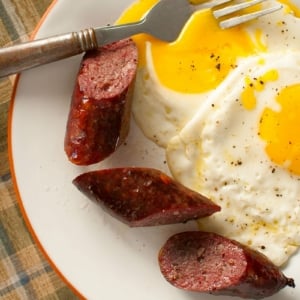
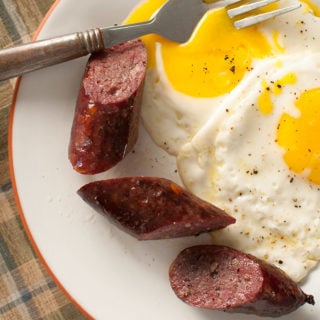


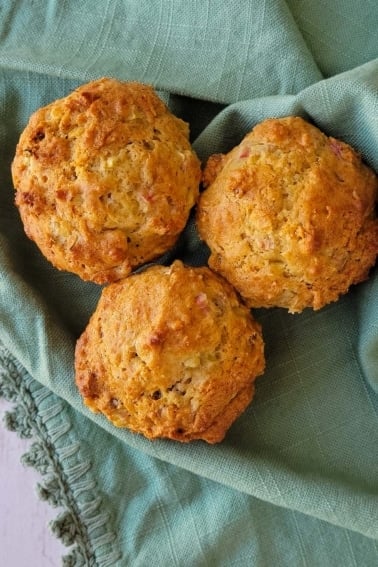

What kind of wood do you use to smoke the kielbasa?
Anyone know where i can find the “official” recipe endorsed by the polish government?
Your recipe for the polish sausage does not contain a binder. Please explain why. Have you ever used a binder?
George: What are you talking about? Meat binds to itself when mixed properly. Good sausages need no extra binder. But if you really want to use one, I can recommend C-Bind, which is carrot fiber. You can get it from The Sausage Maker online.
Hi. What cut of pork do you use?
Susan: Normally trimmings. But if you were to not have a whole pig to get trimmings from, shoulder.
What temp should I smoke these at? Unless I missed it, you don’t specify.
Michael: I always smoke sausages at around 200F.
Thanks Hank!!
I do plan to emulsify so I was thinking of using beef fat. A large portion of the guests I will be preparing this for, shy away from Pork (not me 🙂 ) so I was looking for an alternative that will provide a bit of the succulence that will be lacking because of the omission of pork fat.
What a great time that was! If you are ever in need of some hands let me know.
Hey there Hank!! What fat do you recommend I use for a Turkey version??
Dennis: pork fat. Always pork fat. And if you can’t eat pork… try beef fat. Poultry sausages without pork fat are dicey because they are lean, and because what fat there is melts at a low temperature. It does work well if you emulsify the sausage like a hot dog, though. (Good to hear from you again, Dennis! I have not forgotten you or your help on the line with me all those years ago!)
Leave out curing for fresh kielbasa I season and chill over night before stuffing of freezing fresh kielbasa I use garlick powder to maintain good flavor fresh garlick gets s funny taste if froz to long
Can I use this recipe for a fresh kielbasa and not smoking it
Ray: Absolutely. Leave out the curing salt.
Hank,
I have an instant read thermometer, is there risk of losing lots of juice when I puncture the casing? Is there a better way?
Kohl: Not really. Just test one link. If you need to test more than once, you will have only punctured that one.
Hey Hank, what would happen if you didn’t use the cure? I want to make uncured sausage, so it’s a little healthier. Thanks!
Shad: You can do that, but the flavor will be a bit different. But remember, there is nothing at all unhealthy about this amount of nitrite. Nothing. You would ingest more by eating a plate of celery salad.
At what temp should you start smoking your Kielbasa?
Mike: I generally smoke sausages around 200F.
Hank, thanks for fantastic recipe. I’ve made it several times, even an all beef version (except the fat, which I got by throwing in some bacon “ends and pieces”, packaged in 3 lb packs for pretty cheap). Today I’m making 100% beef, even the fat, so I can share it with a Jewish friend. Bought a bag of tri tips (which I determined to be about 30% fat) for $1.98/lb. Can’t find less expensive beef than that. Planning to grind it without trimming. Other than that, following your recipe.
If you smoke this for 2 hours, do you still need to add instacure?
ArZ: I do. But no, you don’t absolutely need it.
What temperature do you set the smoker at and for how long before increasing?
Mik3: Pretty low, like 200F. I rarely change the temperature, and like about 2 to 3 hours worth of smoke.
I have access to fresh kielbasa. Would I use the same drying/smoking technique. At what temp should the smoker be
Tom: I’d smoke over cherry wood at about 200F for two hours.
How is this recipe with venison? Any tweaks?
Dave: You need pork in there. I’d go 3 pounds venison to 2 pounds fatty pork.
If smoking to 155 degrees why is the curing salt necessary? Just for extra safety? I like to skip nitrates when I can.
Nick: Using the nitrites gives you that proper kielbasa color and flavor — and it is a significant barrier to botulism in a smoker, which is anaerobic and “cool.”
How should I cook the sausage to serve? microwave, boil, grill?
c-lo: I like them grilled or seared in a frying pan.
Thanks Hank. Hope you are feeling better. Read your latest newsletter today.